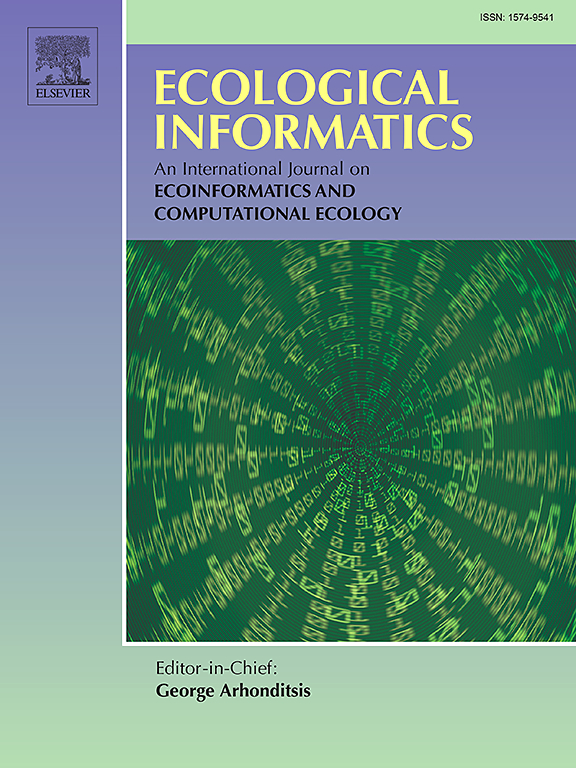Integrating multiple indices of habitat quality to inform habitat management for a sagebrush indicator species
IF 7.3
2区 环境科学与生态学
Q1 ECOLOGY
引用次数: 0
Abstract
Robust science is needed to inform natural resource management and policy decisions. Predictive species habitat maps are frequently employed in conservation decision-making but are often based on a single metric representing habitat quality. We outlined a framework that combines multiple spatially explicit indices of potential habitat quality that could be used to identify and prioritize habitat management areas, using the greater sage-grouse (Centrocercus urophasianus; hereafter sage-grouse) as an example species. Due to large-scale changes in sagebrush ecosystems, sage-grouse have suffered significant population declines in recent decades and have become key to land management plans throughout the western United States, where comprehensive habitat maps are crucial to effective conservation efforts. We evaluated habitat selection and survival patterns of sage-grouse across six distinct annual life stages and seasons to generate predictive habitat map surfaces, mapped the distribution of current occupancy, and combined maps of potential selection and survival patterns with space use and occupancy indices to delineate example habitat management categories. Our approach facilitates identification of priority areas to target for habitat preservation and areas where anthropogenic impacts could occur with likely minimal impact to the species. Overall, by combining indices representing selection, survival, and current occupancy, we provide a framework to allow for a flexible and targeted management approach that could be adapted to a wide variety of species.
综合多种生境质量指标为山艾树指示种的生境管理提供依据
需要可靠的科学为自然资源管理和政策决策提供信息。预测物种栖息地地图经常用于保护决策,但通常基于代表栖息地质量的单一度量。我们概述了一个框架,该框架结合了多个空间明确的潜在栖息地质量指标,可用于识别和优先考虑栖息地管理区域,使用大鼠尾草(Centrocercus urophasianus;(以下简称鼠尾草)作为一个例子种。由于鼠尾草生态系统的大规模变化,近几十年来,鼠尾草的数量急剧下降,已成为整个美国西部土地管理计划的关键,在那里,全面的栖息地地图对有效的保护工作至关重要。通过对艾草松鸡6个不同的年生活阶段和季节的生境选择和生存模式进行评估,生成预测的生境图面,绘制当前占用率分布,并将潜在的选择和生存模式图与空间利用和占用指数相结合,描绘出典型的生境管理类别。我们的方法有助于确定栖息地保护的优先目标区域,以及可能对物种影响最小的人为影响区域。总的来说,通过结合代表选择、生存和当前占用的指标,我们提供了一个框架,允许灵活和有针对性的管理方法,可以适应各种各样的物种。
本文章由计算机程序翻译,如有差异,请以英文原文为准。
求助全文
约1分钟内获得全文
求助全文
来源期刊

Ecological Informatics
环境科学-生态学
CiteScore
8.30
自引率
11.80%
发文量
346
审稿时长
46 days
期刊介绍:
The journal Ecological Informatics is devoted to the publication of high quality, peer-reviewed articles on all aspects of computational ecology, data science and biogeography. The scope of the journal takes into account the data-intensive nature of ecology, the growing capacity of information technology to access, harness and leverage complex data as well as the critical need for informing sustainable management in view of global environmental and climate change.
The nature of the journal is interdisciplinary at the crossover between ecology and informatics. It focuses on novel concepts and techniques for image- and genome-based monitoring and interpretation, sensor- and multimedia-based data acquisition, internet-based data archiving and sharing, data assimilation, modelling and prediction of ecological data.
 求助内容:
求助内容: 应助结果提醒方式:
应助结果提醒方式:


